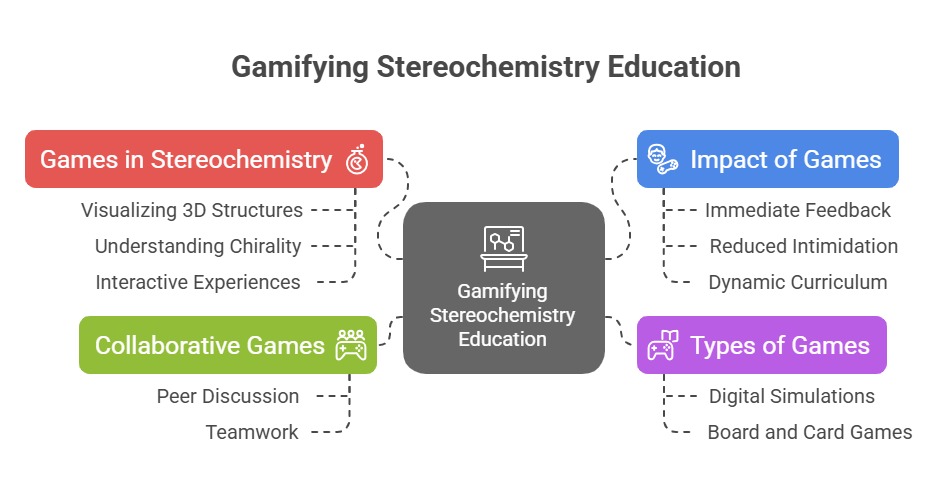

About Chirality Game
- What does chiral mean?
- What is a chiral molecule?
Chiral molecules can be used to control or speed up different chemical reactions. A chiral molecule is non-superimposable on its mirror image. That is, whichever way you turn it, it will never be the same as its mirror image. In this little educational game you are to decide which objects are chiral and which ones are not!
Credit: MLA style: "The Chirality Game - About". Nobelprize.org. Nobel Prize Outreach AB 2022.
http://nobel-external-educationalgames-app.azurewebsites.net/educational/chemistry/chiral/about.php